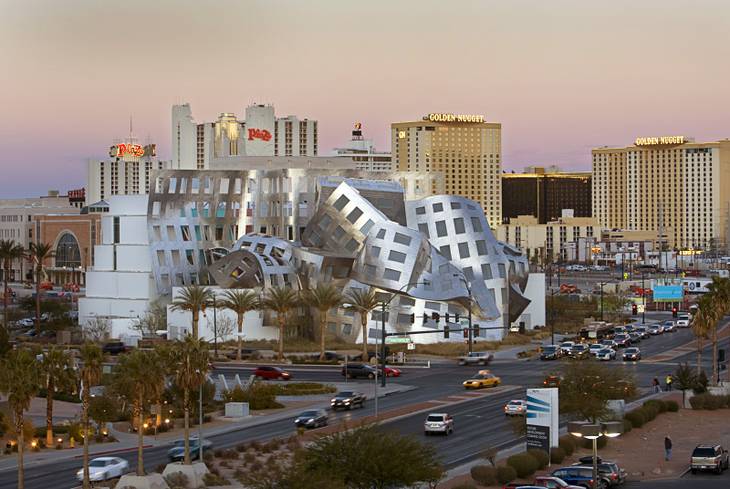Building on the quality of health care in Southern Nevada is the most important element in developing a thriving medical tourism industry, an all-star panel of doctors agreed in a symposium designed to advance the concept.
Seven doctors who already enjoy the benefits of medical tourism by treating a high percentage of patients from out of state say the best way to increase those numbers is to excel at specialties and treatments people can’t get anywhere else.
Medical tourism is the concept of visitors coming to Las Vegas for treatment and spending additional recuperative time enjoying the area’s resort amenities.
“The best thing we can do is emphasize quality of care,” said Yevgeniy Khavkin of the Nevada Spine Institute, which markets in Russia, China and the Middle East.
Russian patients, he said, are convinced that the best medical care in the world is offered in the United States, and he and his physician wife are more than willing to see their former countrymen as patients.
Doctors agreed that the quality of care is what persuades patients to go to the Mayo Clinic in Rochester, Minn., and the Cleveland Clinic in Ohio — not the tourism amenities in those places.
The symposium, organized by the Southern Nevada Medical Industry Coalition, was titled “Continuing the Conversation on Medical Tourism,” following up a February meeting at which medical professionals said it would be an uphill battle to encourage other specialists to bring their talents to Las Vegas, where people are more than likely to seek help out of state than see local doctors.
Doug Geinzer, CEO of the coalition, said the organization is in the process of drafting an asset analysis and a quality algorithm before writing a feasibility study on how to grow Southern Nevada’s $50 billion medical tourism industry as well as its $106 billion medical wellness industry, dominated by the city’s popular spa facilities.
Geinzer said the asset analysis would be an inventory of the medical specialties available in Southern Nevada while the quality algorithm would compare quality of care and treatment outcomes achieved in the area against peers nationwide.
Southern Nevada’s efforts to build medical tourism got a boost when the Las Vegas Convention and Visitors Authority embraced the concept, hiring a medical tourism sales manager last month.
Cheryl Smith, the LVCVA’s new medical tourism sales manager, spoke at the event, describing the tourism marketing organization’s role. She, too, emphasized the message of quality care.
“You are now brand ambassadors,” Smith told the group. “You can manage their experiences when they’re here, and we want to give people a healthy reason to choose Las Vegas.”
Panelists agreed that as the reputation of medical professionals in Las Vegas becomes more widely known, more specialists will consider moving to the city.
“I think as medical tourism takes off, it’s going to attract more experts,” said Geoffrey Sher of the Sher Institute for Reproductive Medicine.
High-profile specialties also will build the industry. James Atkinson of the Gastric Band Institute, which offers surgical remedies for obesity, has what many consider to be a perfect medical tourism operation. Surgeries are short and relatively painless, but patients need to stay in the area for several days for post-surgical follow-ups.
The doctor panelists were split on whether it is essential for a world-class academic medical center to locate here to bolster the area’s medical credibility.
Sean Ameli of K-E Executive Physical, said a high-quality academic center would help the area, but Khavkin said having such a facility isn’t critical to providing the best possible care.
